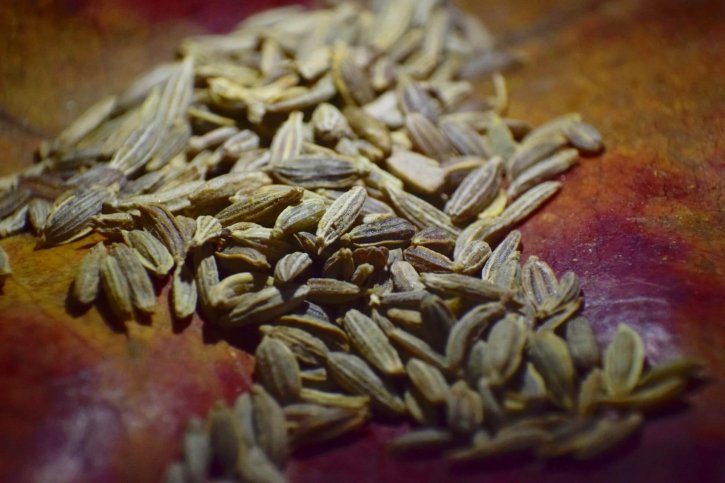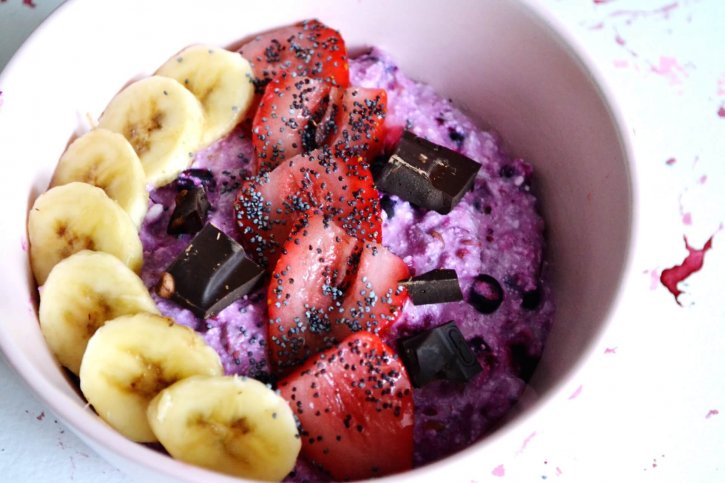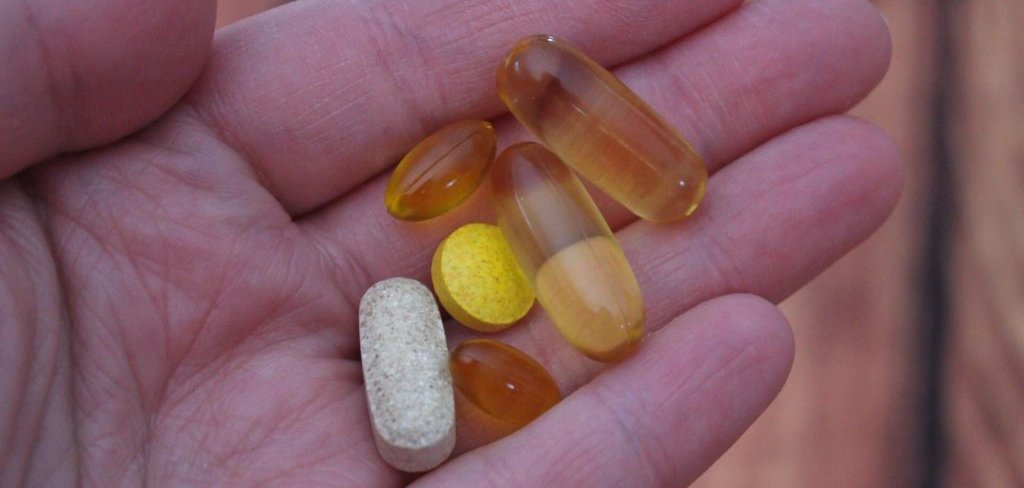Seeds are capsules bursting with nutritional value. They’re a compact life-starting pod for an entirely new plant, after all. It only makes sense that seeds would contain the vitamins and minerals that are essential to life.
We eat seeds every day without really thinking about it. Nuts, beans, and rice are seeds. If you eat almonds or drink almond milk, you’re consuming seeds. If you eat peanut butter, chili beans, or even soybeans or flour—you’re eating seeds!
In recent decades, healthy eaters have discovered the benefits of consistently incorporating lesser-known seeds into a nutritious diet. The two most popular seed additions are chia and flax seeds. Though both come packed with nutritional value, they’re not the same.
Figuring out which seed is better for you depends on your own personal needs. The following information is a simple breakdown of the two—chia seeds and flax seeds—to help you choose which is better for you. But first, let’s do a basic introduction of both.
What are Chia Seeds?
You might be old enough to remember the chia pet craze from a few decades ago. People would place seeds in terracotta pots shaped like animals, and then water them. These seeds eventually sprouted, causing the potted animal plant to grow a “fur” covering of sprouts. These ceramic animals were called “chia pets.” The seeds within them were chia seeds.

In ancient times, however, chia seeds had a more honored presence in society. The word “chia” means “strength” in the Aztec language. Chia seeds were what provided nutritional value to the formidable Aztec army and believed to be the source of their warrior energy.
Today, chia seeds are eaten instead of being used as quirky desktop plants or ritual feedings for armies. The scientific name for Chia seeds (also known as Salba) is Salvia hispanica. The seeds are small and oval-shaped seeds in various shades of white, brown, and black. Chia seeds have a neutral bland flavor, which makes them an easy addition to any dish.
What are Flax Seeds?
Flax seeds are slightly larger than chia seeds, and are more uniform in shape and color. They look like small versions of pumpkin and sunflower seeds. Although flax seeds don’t have a history of being fed to warriors, they do have a history as a favorite of royalty. In the 8th century, King Charlemagne enforced laws that required his people to consume a diet which incorporated flaxseeds. He believed flaxseeds to be immense nutritional value and wanted to keep the people of his kingdom healthy!
These days, flaxseed (also known as linseed) is added to chicken and animal feed to ensure healthier livestock. Because flaxseed is a hardy grower, they are easily available, inexpensive, and add immediate nutritional value to food.

The Chia Seeds versus Flax Seeds Controversy
Though everyone agrees that chia seeds and flax seeds are both healthy for you, there’s some confusion over which works better. The truth is, it depends! The following are a few pointers that might help you choose which is better for you.
Chia Seeds or Flax Seeds for Weight Loss
Fiber’s influence on weight loss has a lot to do with what type of fiber is digested. Both chia seeds and flax seeds have a high fiber content. Flax seeds, however, have a higher soluble fiber content. Chia seeds have a 5% soluble fiber content. Flax seeds, on the other hand, have whopping 40% soluble fiber content. That matters.
Soluble fiber works best at promoting weight loss and curbing hunger. When soluble fiber comes into contact with water, it expands and becomes gummy and sticky. In the digestive tract, soluble fiber creates a feeling of fullness, which keeps people from feeling hungry. Soluble fiber, because of its stickiness, also slows down the digestive process which aids in weight loss.
When it comes to releasing hormones that curb hunger, the soluble fiber content in flax seeds wins.
Chia Seeds or Flax seeds for Bodybuilding
In bodybuilding, the goal is to lose fat and build muscle. If weight loss occurs too quickly, bodybuilders risk losing precious muscle mass. The same reason that makes flax seeds so perfect for weight loss, makes them a poor choice for bodybuilding.
The fiber within flax seeds causes a feeling of fullness, which works great for weight loss, but terrible for bodybuilding. Flax seeds can make bodybuilders feel satiated much sooner, keeping them from being able to consume enough calories to build muscle.
The Aztecs, however, may have been on to something when it came to chia seeds and strength building. The high protein content in chia seeds exceeds that of other seeds. The essential amino acids within chia seed proteins help boost muscle production, essential for bodybuilding. Chia seeds built warrior bodies for their armies, so the Aztecs often referred to chia as “more valuable than gold.” When it comes to building muscle, chia seeds are a better choice than flax seeds.
Chia Seeds or Flax Seeds for Digestion
Digestion is the breakdown of food within the body and the absorption of nutrients. When it comes to digestion, both chia seeds and flax seeds perform excellently. When digestion doesn’t work well within the body, the body can become constipated, experience diarrhea, gain weight, lose weight, or just feel tired. Because the body depends so much on nutrients from digestion, making sure that the body is able to break food down efficiently is vital.
Discussed earlier, flax seeds are high in soluble fiber. Chia seeds, on the other hand, are high in insoluble fiber. Both are beneficial for digestion. Soluble fiber dissolves in water and can slow down the movement of food in the digestive system — allowing the body more time to break food down. Insoluble fiber doesn’t dissolve in water, but it can clean out the digestive tract of harmful buildup.
Which seed to eat for better digestion depends on how your digestive system is currently functioning. If food is moving through the body too quickly, flax seeds may work to slow the movement down. If constipation and fullness is a problem, then chia seeds may be able to push the food through the digestive system much more quickly.
Chia Seeds or Flax Seeds for Blood Sugar
You don’t have to decide which is better for you when it comes to blood sugar. Both chia and flax seeds are equally effective. The fiber in both flax seeds and chia seeds can help keep blood sugar at a consistent level. Blood sugar, otherwise known as blood glucose, is directly affected by how much fiber the body consumes. Higher fiber consumption leads to lower rates of diabetes 2 development.
By slowing down the digestion of carbohydrates, flax seeds and chia seeds both prevent blood sugar from being absorbed too quickly, which lead to sugar spikes.
Research points to both flax seeds and chia seeds for blood sugar stabilization. A study involving flax seed powder showed that 1 to 2 tablespoons a day can reduce overall fasting blood sugar by 8-20% when done over a one month period. Another study showed that eating bread containing chia seeds led to less sugar spikes than when eating plain bread. Interestingly, chia bread may be superior to whole wheat or whole grain bread when trying to control blood sugar.
Chia Seeds or Flax Seeds for Cardiovascular Health
The American Heart Association (AHA) encourages eating chia or flax seeds to help with heart health. The AHA recognizes that, generally, seeds are a valuable part of a healthy diet. However, chia and flax seeds have their own special place in the seed category when it comes to cardiovascular health.
The AHA recognizes chia and flax seeds as beneficial to heart health because of their high alpha-linolenic acid (ALA) content. These unsaturated fatty acids that convert to omega-3 fatty acids within the body, the same fatty acids typically found in fish. These fatty acids improve how the heart works. People who consume 2 grams of ALA typically have the lowest rates of heart attacks.
Blood pressure is also a strong indicator of heart health. Blood pressure that runs high can strain the cardiovascular system. Both chia and flax seed lowers blood pressure, but flax seed has the edge on chia due to the type of fiber it contains. The American Heart Association states that by eating 30-35 g of either chia or flax seeds every day, a person can’t lower their blood pressure by 3-10 mm Hg.

How are Chia Seeds Unique?
Chia is ideal for building muscle and strength. It’s also much higher in calcium fiber than flax seeds. It’s rare to find plant based calcium that’s this high — 18% of a person’s recommended daily calcium intake in a few tablespoons of chia seeds. For people who are vegan or can’t eat dairy, this makes chia a reliable source of calcium.
Chia seeds have a bland taste, which makes them a perfect addition to any food. Chia seeds can be consumed whole, and don’t need to be ground to a powder to be eaten. They can also be sprouted and added to salads and sandwiches.
How are Flax Seeds Unique?
Although both chia seeds and flax seeds have high nutritional value, flax seeds have an antioxidant and cancer preventative “superpower.” Flax seeds are unusually loaded with antioxidants and a group of chemical compounds called lignans.
Lignans have been shown to lower cholesterol, reduce blood pressure, reduce tumor growth. Several studies provide evidence that incorporating flax seeds into the diet can lower the risk of developing certain cancers.
For example, a study of over 6,000 women found that women who ate flax seeds were 18% less likely to develop breast cancers. Another study found a that flax seeds lowered breast cancer risk in postmenopausal women.
How to Incorporate Chia and Flax Seeds Into Your Diet
Before incorporating either chia seeds or flax seeds into your diet, be very aware that these foods aren’t meant for individuals with intestinal or stomach problems. The small grains or fibers can be rough on the intestinal tract and cause injury to people with a sensitive digestive tract.
When eating chia or flax seeds, it is essential to remember that seeds are calorie laden. They’re meant to start life, so every little seed is a potent ball of energy. A tiny amount of flax seeds has 150 calories per ounce! And an ounce of chia seeds has 137 calories, which is just about on par with flax seeds. So, it’s best not to overdo the intake of either seeds. Although you won’t be eating bowlfuls of seeds, you can incorporate them into the foods you eat already.
Chia seeds are eaten as they are or ground up. Flax seeds, on the other hand, need to be ground and consumed as a powder in order to be edible. Whether it’s whole chia seeds or ground flax seeds, they can be added to smoothies, cereal, or yogurt for a nutrient boost.
Because chia can have a gummy texture, it’s sometimes mixed with puddings and desserts and used as a thickener. Although not as sticky, flax seed powder can also do the same. In fact, many recipes allow chia or flax seed powder as egg substitutes or thickeners for sauces and soups. Chia and ground flax seeds are excellent in breads, desserts, and cookies. Because such a small amount can go a long way, they can both be sprinkled lightly on anything edible—making them a convenient superfood.
Conclusion: Chia Seeds or Flax Seeds?
Chia seeds and flax seeds are both bursting with fiber and nutritional value. Both make excellent additions to a diet. Which is better for you really depends on what your needs are. Take the time to think about whether your goal is to lose weight, do bodybuilding, or adjust your digestive tract—and make the choice according to your needs and your body. Having trouble making a decision? Ask your healthcare provider and they’ll point you to the right direction.




